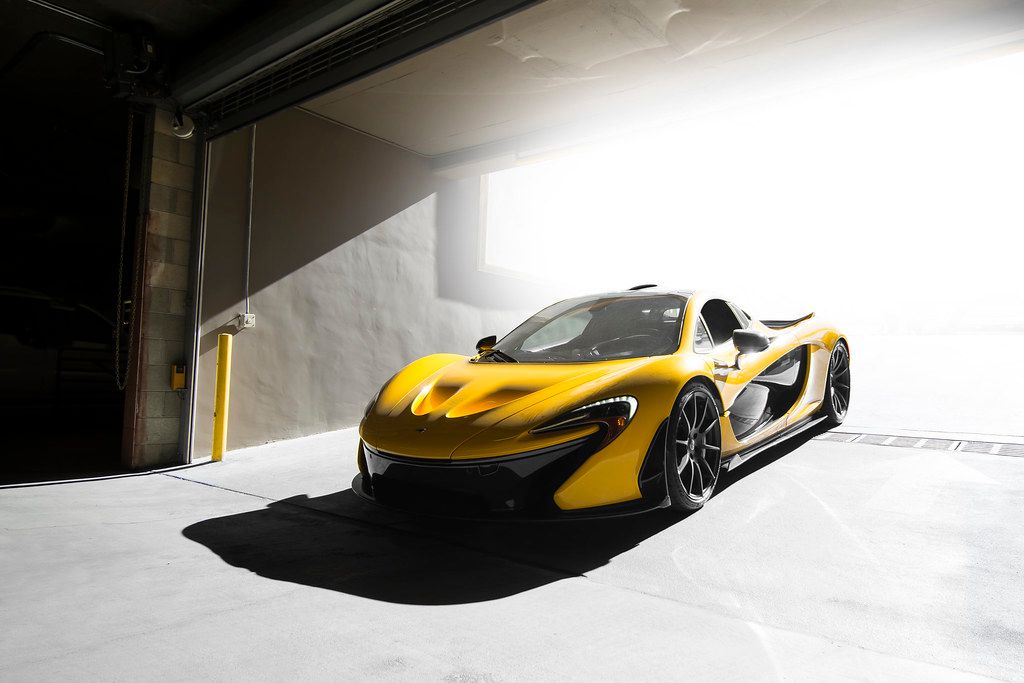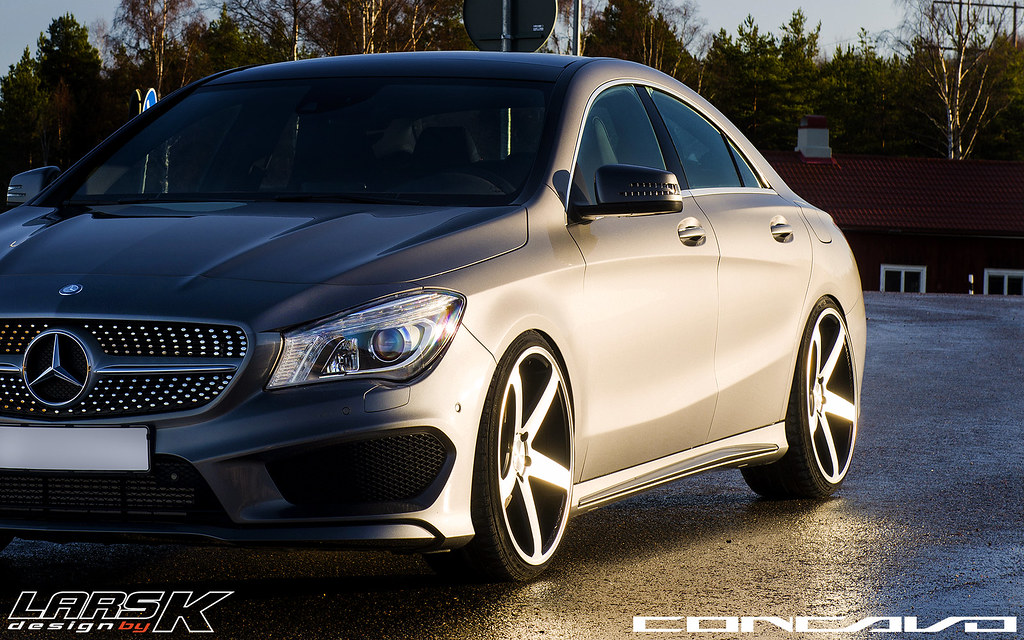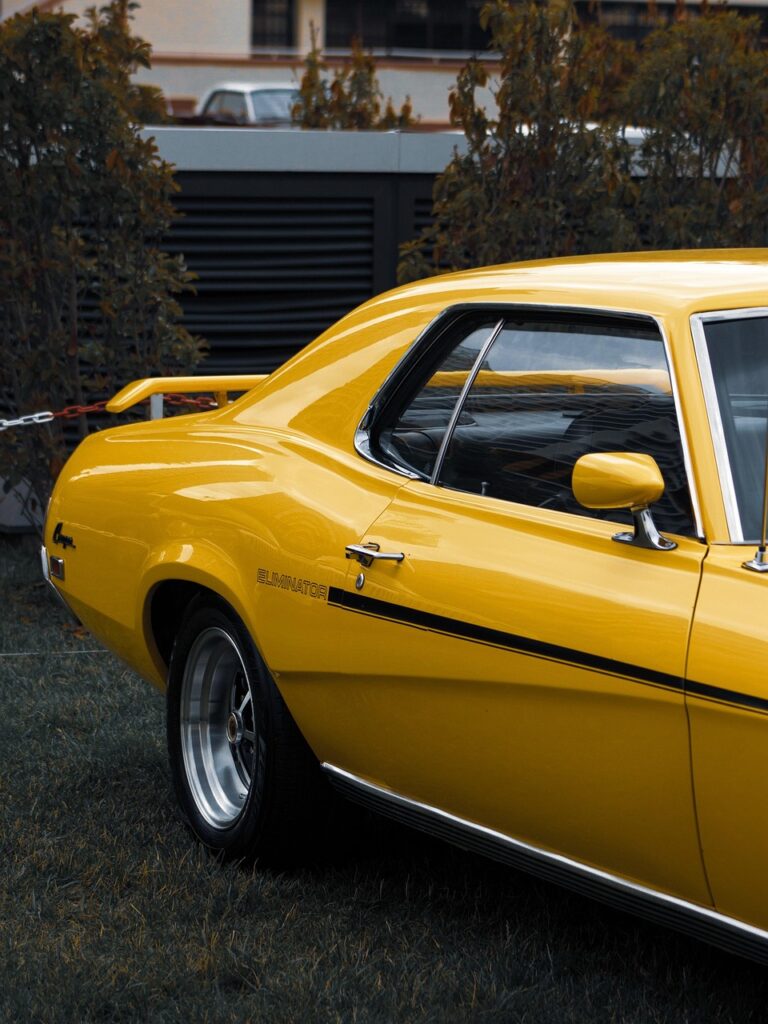
Alright, let’s talk cars! For generations past, having a set of wheels was practically a golden ticket to adulthood. It was the ultimate symbol of freedom, independence, and maybe even a little bit of street cred. You know the drill: getting that driver’s license was a rite-of-passage, showcasing that you were progressing from being a kid to becoming an adult, ready to conquer the open road. But here’s the kicker – that classic narrative? It’s hitting a major roadblock with the latest generations, Millennials and Gen Z.
The automotive industry, bless its heart, isn’t exactly thrilled with this generational shift. Survey after survey shows that for younger folks, car ownership isn’t high on the priority list. And get this: many aren’t even rushing to get driver’s licenses like their predecessors. It’s like the whole car-crazy pipeline that once guaranteed a steady stream of buyers has developed a serious leak. So, what’s really going on here? Why are so many younger individuals happily and eagerly finding ways to avoid driving?
It’s not just one thing, but an intertwined set of whys and wherefores, all juicing each other and causing a significant upheaval in how we view cars and driving. While studies like the one from Christopher R. Knittel and Elizabeth Murphy in “Generational trends in vehicle ownership and use” might suggest that, after accounting for demographic factors, millennials aren’t all that different from baby boomers in vehicle ownership and usage, the cultural narrative on the ground tells a compelling story. Let’s dive into some of the major reasons behind this fascinating mindset change, unpacking why these retro ‘Boomer vehicles’ might just be collecting dust in the minds of today’s younger consumers.
1. **Less Enamored of Making Large Capital Purchases**Let’s be real: buying a car is a huge financial commitment. For many younger individuals, especially Millennials, the idea of dropping a significant chunk of change on a depreciating asset is just, well, a non-starter. They’re often saddled with student debt, and the thought of digging further into a ‘debt abyss’ just isn’t appealing. It’s a pragmatic approach to personal finance that many previous generations didn’t have to grapple with to the same extent.
Furthermore, this generation witnessed firsthand the economic turmoil of the Great Recession. They saw what happened when financial markets got shaky, and it’s made them incredibly skittish about tying up their hard-earned savings in something like a car – an asset they know will immediately drop in value the moment it’s driven off the lot. The trauma of economic instability has fostered a profound money-consciousness, making them reluctant to make substantial purchases unless absolutely necessary.
This isn’t to say they don’t buy cars at all! A study by QuoteWizard.com indicated that while millennials are indeed still purchasing vehicles, they tend to opt for more practical and less expensive models. The average manufacturer’s suggested retail price for the top five selling cars in 2018 was over $5,000 higher than the average cost of the top five vehicles purchased by millennials. They’re looking for sensible choices that won’t break the bank or exacerbate existing financial burdens.
It boils down to a fundamental re-evaluation of what constitutes a ‘worthwhile’ investment. For many in this demographic, the traditional prestige associated with a new car has been replaced by a desire for financial stability and flexibility. Why sink money into a rapidly depreciating asset when you could be paying down debt or saving for other life goals?

2. **Ridesharing Provides a Viable Alternative**Remember when hailing a cab was a big deal, or you had to wait ages for a ride? Those days feel ancient thanks to the rise of ridesharing apps. The seemingly ubiquitous availability of services that bring a car right to your doorstep via a mobile app has made car ownership, for many, somewhat less necessary. You need to get somewhere? Pull out your phone, tap a button, and voilà, a ride is on its way.
This convenience factor cannot be overstated. For urban dwellers especially, where parking can be a nightmare and public transport is often a viable option, ridesharing fills the gaps effortlessly. It offers the utility of a car without any of the commitment or ongoing costs. It’s instant gratification in transportation form, catering perfectly to a generation that values seamless digital solutions and on-demand services.
This isn’t just a niche trend; it’s a massive shift in how people think about mobility. Why bother with the financial and logistical headaches of owning a car when a reliable, often affordable, ride is always just a few taps away? It’s a compelling argument, especially for those who don’t need a car every single day or live in areas with good ridesharing coverage.
In places like India, shared mobility solutions such as Uber, Ola, and Zoomcar have been gaining serious traction. Deloitte’s 2019 Global Automotive Consumer Study revealed that a substantial proportion of the population—51 percent of millennials, 44 percent of Gen X, and even 34 percent of pre/boomers—are questioning the necessity of owning a private vehicle. This clearly illustrates that the appeal of ridesharing isn’t just a fleeting trend but a foundational change in transportation habits globally.
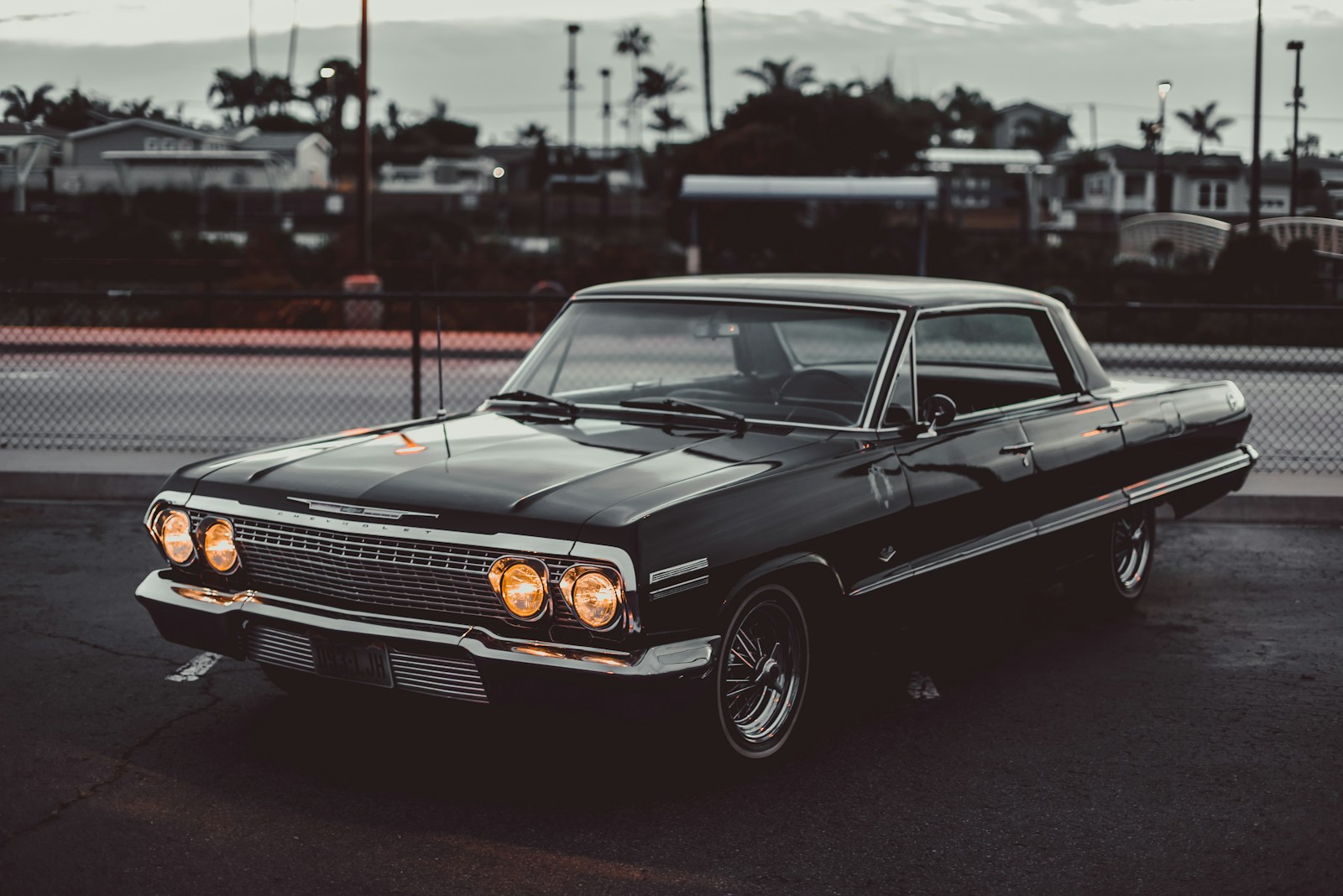
3. **Don’t Want Worries About Car Glitches and Burdens**Owning a car isn’t just about the purchase price; it’s an entire ecosystem of potential headaches. Think about it: the endless quest for parking, often accompanied by exorbitant fees, especially in city centers. Then there’s the dreaded car insurance – a non-negotiable expense that can feel like throwing money into a void. And what about when something inevitably goes wrong? The bewildering morass of auto repair options, the uncertainty of costs, the time lost. It’s a lot.
For a generation that has grown up valuing convenience and smart, hassle-free solutions, the constant stream of tedious and expensive problems associated with car ownership is a major turn-off. They’ve seen their parents or older relatives deal with these issues, and many are simply saying, “No, thanks!” A car can equate to one enormous bag of hassles, and it makes perfect sense to want to elude it if possible.
This aversion to logistical burdens extends beyond just repairs and insurance. It includes regular maintenance, registration fees, inspections, and even just the mental load of remembering to keep your vehicle in good working order. These are all responsibilities that can feel overwhelming when contrasted with the simplicity of summoning a ride or using public transit.
The younger generation, accustomed to subscription services and on-demand everything, simply expects things to work smoothly and efficiently. The traditional model of car ownership, with its inherent unpredictability and high maintenance demands, often clashes with this expectation. They’re seeking solutions that minimize friction and maximize personal time and peace of mind.

4. **Driving Is Not Fun, It’s a Chore**Here’s a biggie: the perception of driving itself has undergone a dramatic transformation. For prior generations, driving was often seen as an exhilarating, almost artistic expression – a source of joy, freedom, and even a bit of youthful rebellion. Pushing the pedal to the metal, windows down, wind in your hair, cruising down an open road – these were iconic images of American life.
However, for many in the latest generations, that romanticized view has evaporated. They perceive driving not as an adventure, but as a chore – something you do out of necessity to get from point A to point B. It’s perfunctory, a means to an end. This more down-to-earth perspective means that the emotional appeal of driving just isn’t there in the same way it once was. It’s just another task to be completed.
This shift is partly due to the realities of modern life. With increased traffic congestion and the sheer number of cars on the road, the ‘open road’ is often more like a stop-and-go parking lot. What was once a symbol of freedom can now feel like a cage, trapping you in frustrating snarls and moving at a snail’s pace. It’s hard to find joy in a perpetual traffic jam.
The idea that driving is a dangerous activity also plays a role in this perception. The thrill of speed is often overshadowed by the practical risks involved. When you factor in the sheer stress of navigating crowded roads, dealing with aggressive drivers, and the constant need for vigilance, the idea of driving as ‘fun’ starts to fade considerably. It becomes a task to endure rather than an experience to savor.
Read more about: Mind Blown: 15 Old School Car Features Kids Today Would Seriously Never Get (And Why We Kinda Miss Them!)
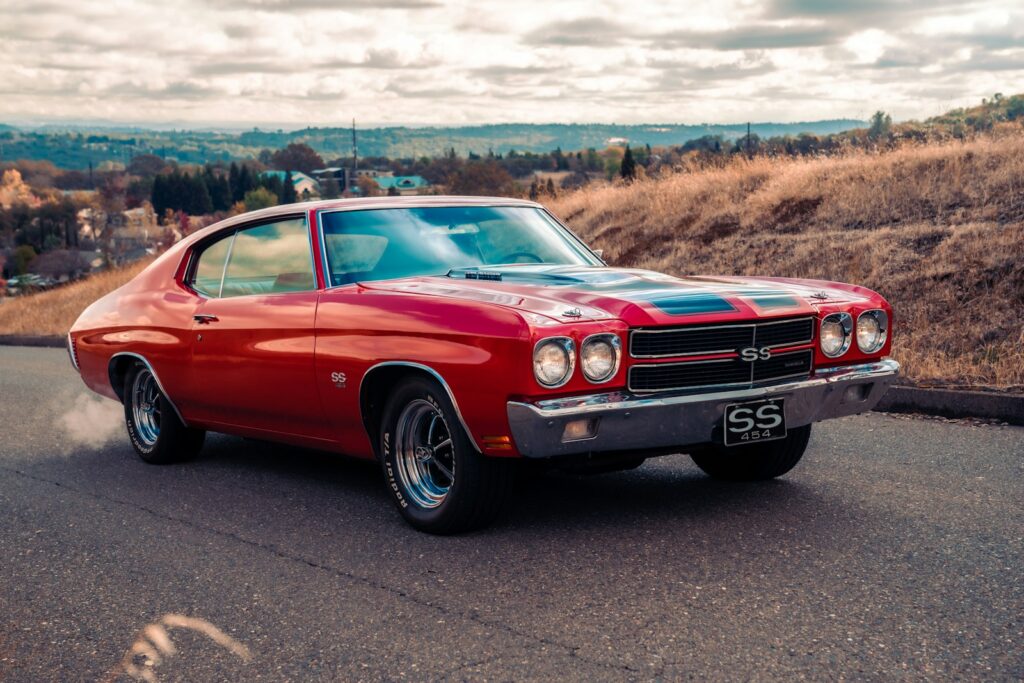
5. **FOMO Strikes the Car Equation**Ah, FOMO – the Fear Of Missing Out. It’s a pervasive anxiety that has taken deep root in the latest generations, influencing everything from social plans to major purchases. This translates into a feeling that whatever you’re doing right now, it might be the wrong choice because there’s something better or cooler out there that you’re missing out on. And guess what? This psychological phenomenon totally applies to buying a car.
Imagine this scenario: you invest in what seems like the most exciting, cutting-edge car model available today. You drive it off the lot, feeling great. But then, two months later, a brand new, even cooler, more technologically advanced vehicle hits the market. Suddenly, your new ride feels a bit… last season. Darn it, you missed out! This constant cycle of innovation and new releases can make making a long-term commitment to a single vehicle feel like a risky move.
The fear isn’t just about a cooler model, but about evolving technology itself. With electric vehicles (EVs) and eventually self-driving cars on the horizon, the pace of change in the automotive industry feels faster than ever. Why commit to today’s tech when tomorrow’s might be revolutionary? This uncertainty can lead to paralysis by analysis, making it seem better to not get ‘stuck’ making a choice at all, preferring to wait and see what’s next.
This continuous evolution and the pervasive nature of FOMO means that for many younger buyers, the idea of a car as a long-term status symbol is diminishing. Instead, it’s becoming another consumer good subject to rapid obsolescence, making the high upfront cost and depreciation feel even more unappealing when a ‘better’ option is always just around the corner.
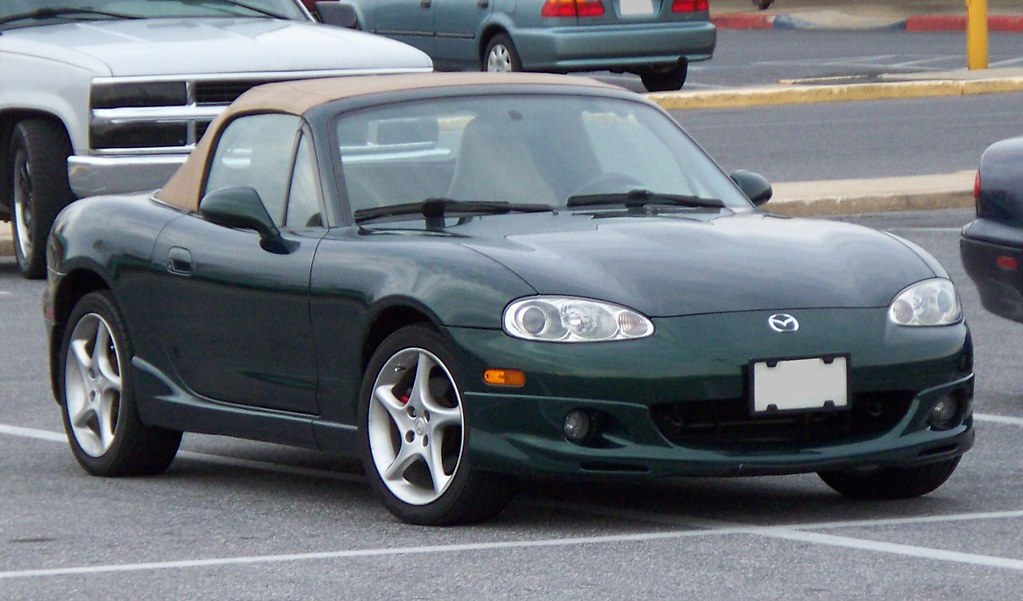
6. **Getting a Car Is Ugly and Brutal**Let’s be honest: for many, the very thought of walking onto a car dealership lot conjures up images straight out of a horror movie. It’s often portrayed in popular media as akin to entering a ‘den of snakes and scary horrors,’ a place where you’re destined to get taken advantage of. Whether or not this image accurately reflects every dealership experience, it’s an enduring perception that contributes to the aversion many younger consumers have towards car buying.
Beyond the perceived shark-like sales tactics, there’s the sheer overwhelming nature of the process. Arcane paperwork, confusing finance options, and intense negotiation tactics can make even the most confident person feel vulnerable and exploited. It’s a high-stakes transaction filled with jargon and pressure, a far cry from the seamless, transparent online purchasing experiences they’re used to in other areas of their lives.
Thankfully, the industry is catching on. This is precisely why online means to buy a car are emerging, aiming to make the process less arduous and frightening. The goal is to strip away the intimidating elements of traditional car buying, offering more transparency and convenience. Some even offer the option to have the car delivered directly to you, bypassing the showroom entirely.
This move towards digital solutions directly addresses the younger generation’s desire for authenticity and ease. They want clear information, fair pricing, and minimal friction, without feeling like they’re entering a battleground. The traditional ‘hard sell’ environment is a major turn-off, and the industry is slowly adapting to meet these new expectations.
Read more about: Grab Your Tissues: The Most Gut-Wrenching Celebrity Breakups That Left Us All Absolutely Shattered

7. **Car Is a Mystery of Mechanical Mechanisms**Once upon a time, many people learned how to check the oil, change a tire, or even tinker under the hood of their car. It was a common skill passed down through generations, fostering a sense of personal connection and understanding with their vehicle. This hands-on knowledge often translated into an emotional attachment, a pride in maintaining and understanding their ‘machine.’
Fast forward to today, and that tradition is fading fast. It seems prior generations are passing along less and less about the inner workings of a car, leading to the latest generations often having little to no idea how a car actually functions. In fact, many don’t even care how it works; their focus is mainly on the output it can produce: getting them from one place to another reliably.
This detachment from the mechanical aspects means there’s often no emotional or personal attachment to a car. There’s no sense of accomplishment from having changed the oil, replaced a spark plug, or put on a spare tire. Those tasks are simply outsourced – done by someone else, for a fee, and often perceived as magically undertaken by a mechanic without much thought from the owner.
Without that tangible connection or understanding of the vehicle’s mechanics, a car becomes just another appliance. It’s a tool, a utility, rather than a beloved possession. This lack of engagement further contributes to the perception of a car as a burden rather than an extension of one’s identity or a source of pride, reinforcing the idea that it’s just a means to an end. It removes a significant layer of the ‘love affair’ with automobiles that defined previous generations.
Read more about: From Cosmos to Code: Awe-Inspiring Journeys of the Legendary Scientists Who Illuminated Our World
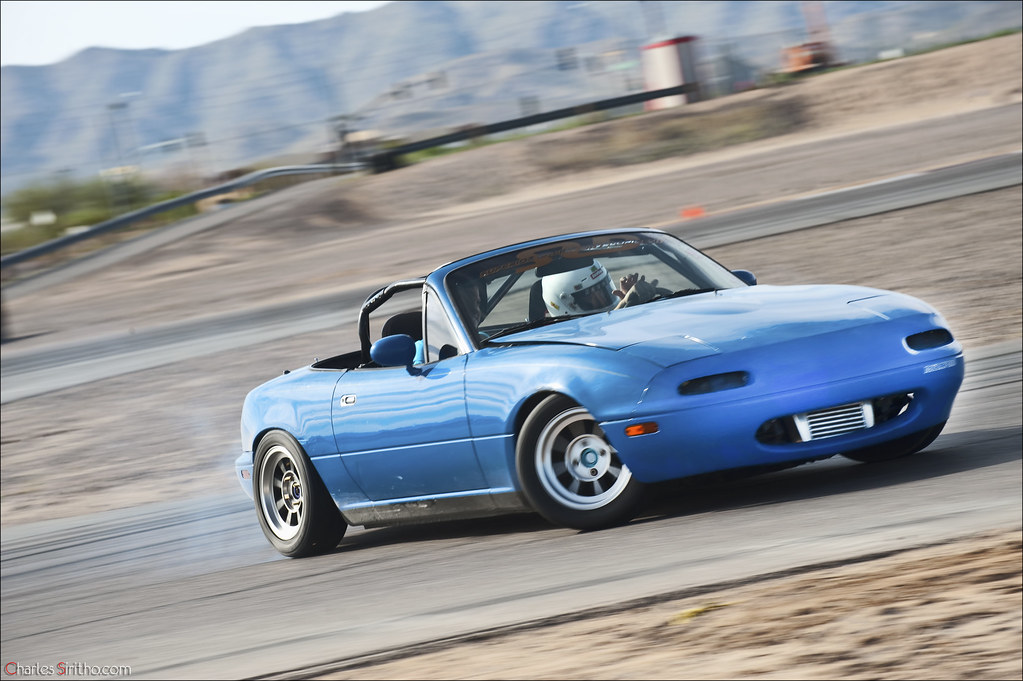
8. **Don’t Like the Hard Sell: Authenticity is Key**Let’s be real: stepping onto a car dealership lot has often been portrayed in popular media as entering a “den of snakes and scary horrors.” This image, accurate or not, deeply influences younger generations. They’ve grown up with constant digital information, and can “smell a hard sell from a mile off,” which is a major turn-off.
The days of over-the-top claims are over. This cynical generation gets turned off by wild claims and high-pressure tactics. Pundits suggest they prefer authenticity, demanding clear, transparent information, not a battle of wits. Car ads are now adapting to this preference.
The industry is slowly getting the memo, with online platforms emerging to make car buying less arduous. The goal is transparency and convenience, with some even delivering the car directly. This pivot meets younger consumers’ demands for a hassle-free, straightforward process, replacing the traditional “hard sell.”
9. **Traffic Terror: When Driving Becomes a Chore, Not a Joy**Remember the romanticized view of driving: open road, wind in your hair, pure exhilaration? For many younger generations, that’s replaced by the brutal reality of modern traffic. The “open road” often feels like a stop-and-go parking lot, with frustrating snarls and snail-paced movement.
This shift transforms driving from joy to a “chore”—a perfunctory task to get from A to B. It’s “like having your teeth pulled”—an exasperating experience most would happily outsource if given the chance.
When you factor in crowded roads, aggressive drivers, and constant vigilance, the thrill fades. Many enthusiastically seek ways to avoid this daily grind, preferring to leave the gridlock to those willing to endure it.
10. **Eco-Awareness: The Green Conscience of Car Choices**The latest generations are acutely conscious of our planet. They know traditional gasoline cars, despite improvements, contribute to harmful emissions. This deep-seated environmental awareness influences their purchasing decisions, making them reluctant to buy a polluting car.
This mindfulness draws them to electric vehicles (EVs), representing a cleaner future. However, the EV market isn’t fully mature, with lingering uncertainties about charging infrastructure, range, and longer drives. They’re interested ecologically but unsure due to these practical difficulties.
This creates a dilemma: no polluting car, but not ready for current EVs. Their green conscience is a powerful force, shaping the automotive industry’s future and pushing them to hold off on traditional car purchases.

11. **No Bragging Rights, Maybe Stigma: The Changing Social Currency of Cars**Decades ago, a driver’s license was a huge milestone, a badge of honor, and owning a car the ultimate flex—a symbol of freedom. However, today those bragging rights have largely evaporated, as “Everybody has a driver’s license now. Everybody can drive to those places if they want to do so.”
This widespread access makes car ownership’s exclusivity fade into a mere utility for many younger folks. There’s no longer any bragging about car ownership, and in fact, driving certain distances or owning particular types of vehicles could even carry a “kind of stigma.”
This cultural re-evaluation prioritizes experiences over possessions, and sustainability over status. If a car doesn’t offer those classic bragging rights and might invite judgment, its appeal as a must-have item diminishes significantly for younger generations.
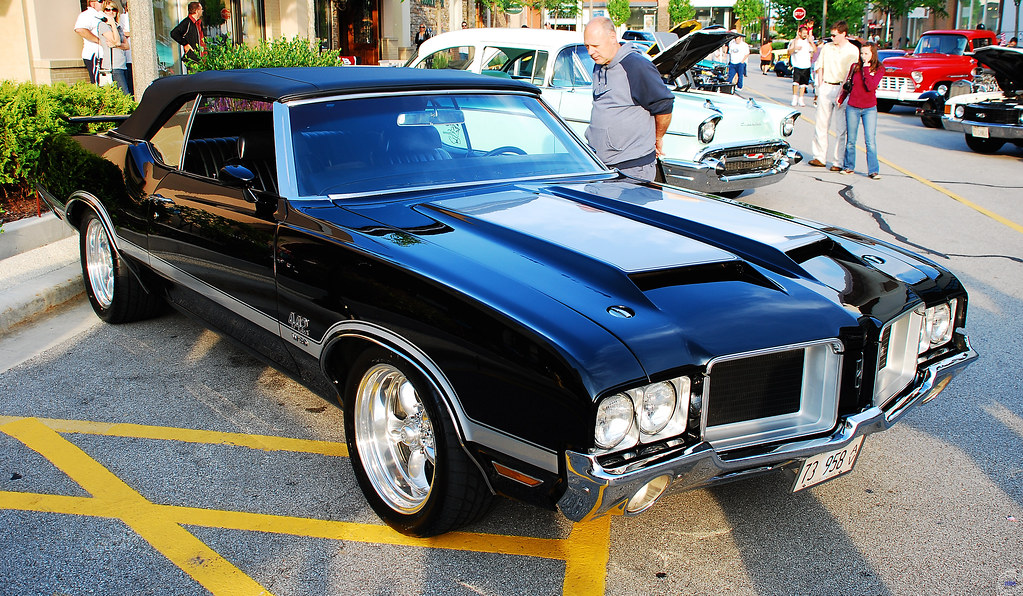
12. **The Self-Driving Horizon: Is It Holding Them Back?**The “million-dollar question”: how will self-driving cars shake up this landscape? We mean truly autonomous vehicles, driven by AI, with no human driver needed. Some even speculate future cars won’t have human controls.
Are younger generations holding out? While “somewhat farfetched” as a major current factor, this will gain momentum. Once true self-driving cars appear, investing in “yesterday’s technology” will be a tough sell.
Would you buy a conventional car knowing revolutionary driverless ones are imminent? Probably not. This future-gazing could redefine a driver’s license purpose; why hassle for a license beyond basic ID? The allure of driving could become a relic.
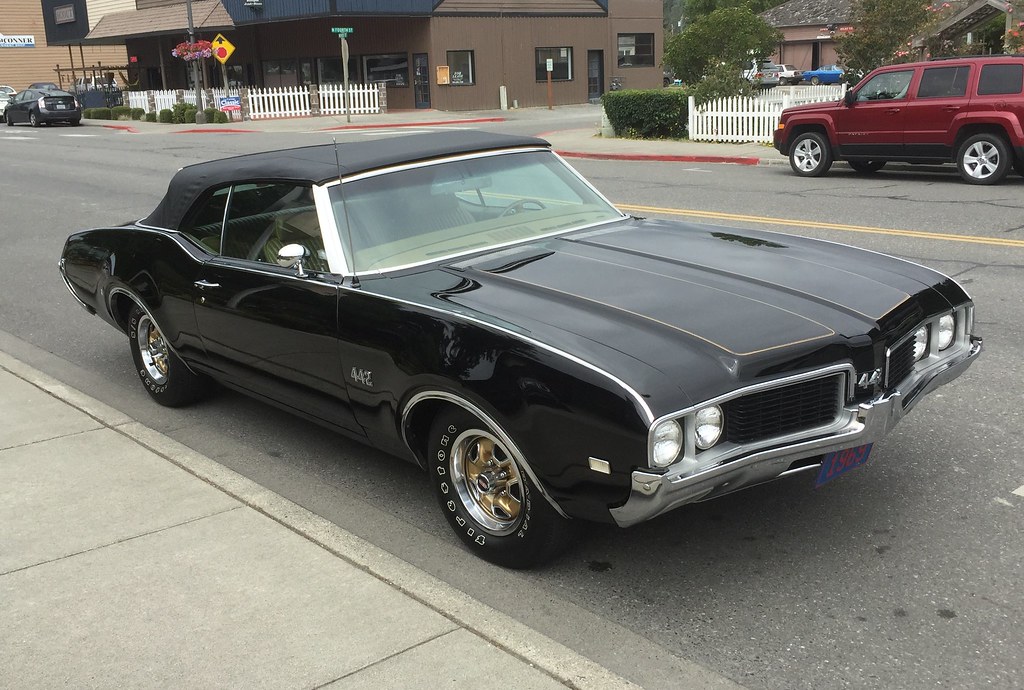
13. **Driverless Cars: Your Next Passive Income Stream?**Pundits predict individual car ownership will vanish, replaced by large companies’ autonomous fleets. But a contrarian view suggests you could *own* a driverless car and it could *make you money*.
Right now, your car sits idle 95% of the time—a costly asset. Imagine putting your driverless car on a ridesharing network when not needed, autonomously generating revenue. This transforms a depreciating asset into an investment.
This approach also tackles the high cost of driverless cars. If it’s an investment capable of bringing in revenue, the financial equation shifts. “FOMO will move them in the direction of seeking to own a car, though primarily for its cash generating advantages.”
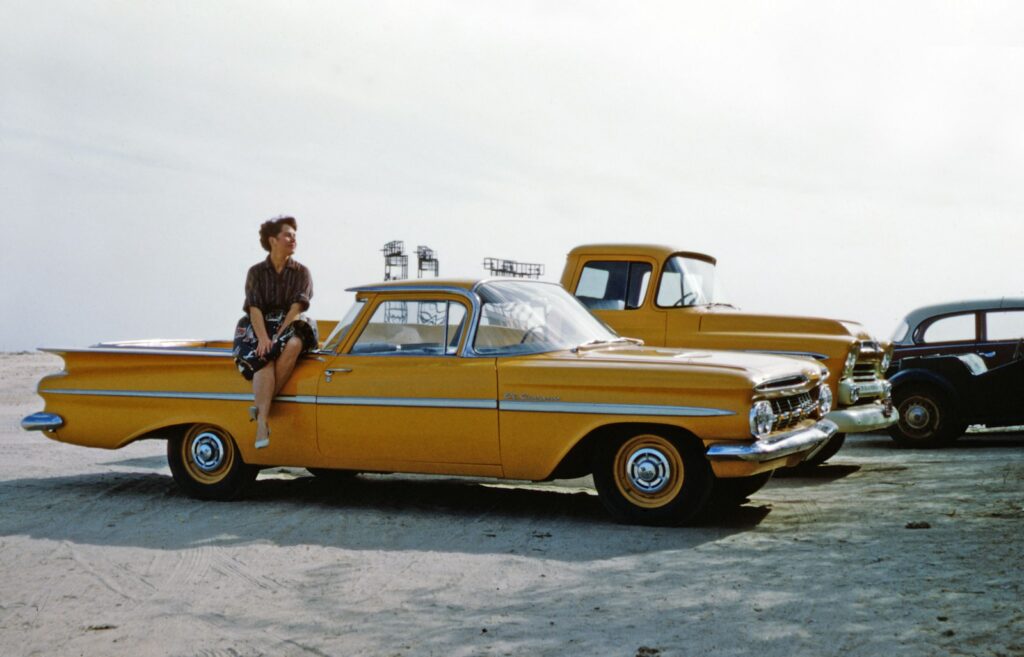
14. **The Nuance: Are Millennials *Really* All That Different?**While popular belief suggests millennials are vastly different car-wise, rigorous research offers a more complex picture. Christopher R. Knittel and Elizabeth Murphy’s study, “Generational trends in vehicle ownership and use,” investigated this using U.S. survey data.
Initially, raw data showed millennials owned 0.4 fewer vehicles and drove nearly 2,000 fewer miles than boomers at the same life stage, seemingly confirming the car-averse narrative.
However, after factoring in variables like educational attainment, marital status, children, and urban residency, those differences “disappear.” Millennials’ choice to own fewer cars vanishes, and they actually “have more VMT than their predecessors”—driving *more* miles!
This highlights how lifestyle choices, not just inherent disinterest, impact car use. Being more likely to live in urban areas or marry later are powerful drivers in how they approach vehicle ownership and usage.
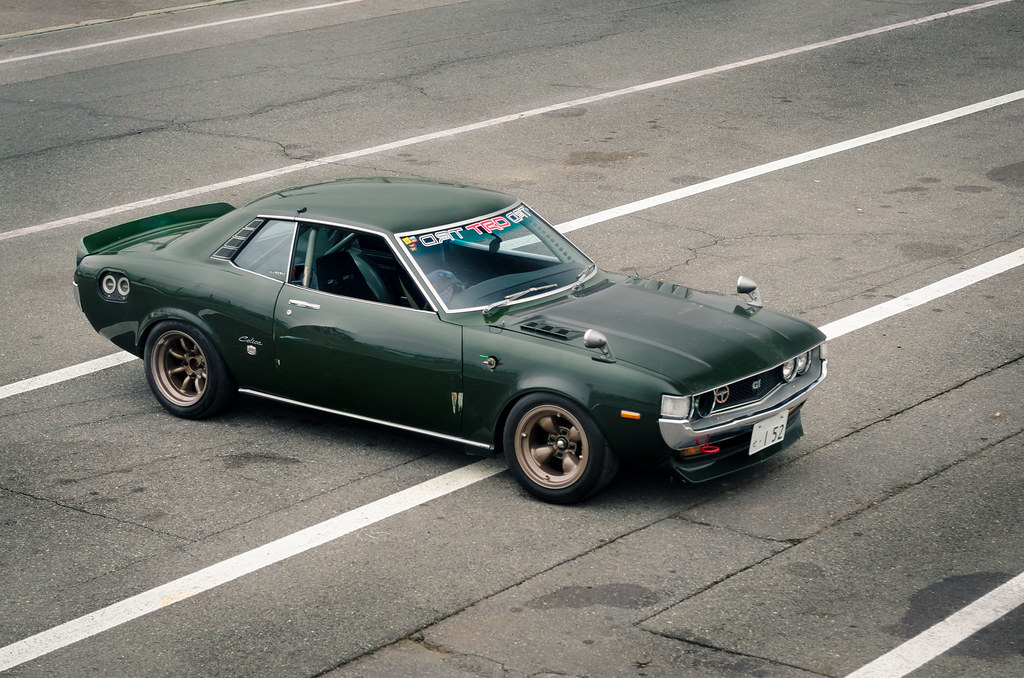
15. **Digital Solutions & Shared Mobility’s Global Ascent: A New Norm**The shift from traditional car ownership is global. Deloitte’s 2019 study, spanning India, China, and more, found consumers “empowered trusting the power of digital solutions.” Shared mobility (Uber, Ola, Zoomcar) has surged.
This has led substantial proportions of millennials (51%), Gen X (44%), and even boomers (34%) to question private vehicle necessity. Manufacturers must adapt, catering to fleets and aggregators. Volkswagen India’s partnership with Zoomcar exemplifies this pivot.
It’s about selling mobility solutions, with 76% favoring connected vehicles for safer routes and collision prevention. Shared vehicles cover greater daily distances, leading to shorter lifespans (4-5 years vs. 15 for personal cars).
This accelerated lifecycle will critically shape the automotive industry’s future economics. Younger generations are embracing new technologies and consumption patterns, paving the way for evolving ways of living.
**Final Thoughts on the Road Ahead**
The genie is truly out of the bottle for getting the latest generations to embrace nostalgic driving joys. Once widespread, driverless cars mean they won’t even *be* driving. Younger folks will continue avoiding driving and conventional car ownership.
Yet, if revenue-generating driverless cars take off, “FOMO will move them in the direction of seeking to own a car, though primarily for its cash generating advantages.” The future of automotive culture is transforming due to economic realities, tech advancements, eco-consciousness, and evolving social values.
It’s not just about what they *don’t* want, but the ingenious solutions they *will* embrace next. Get ready for a wild ride, because the road ahead is anything but conventional!





